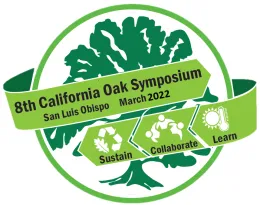#13

Dave Muffly, Oaktopia
As the climate continues to warm and increase in volatility, California's forests face unprecedented threats. Climate models suggest increasing aridity, and also unpredictable and unprecedented changes in rainfall timing and intensity. As we seek arboreal stability in the face of climatic uncertainty, the testing of new tree types becomes critical.
But some of the most promising new trees are closely related to existing native trees, especially oaks, and could threaten native genetic integrity. Urban locations, with their already-disrupted ecology, offer a laboratory for tree testing without threatening existing native genomes.
With the likelihood of extreme climate change increasing, many are now realizing the climate threat to native trees. Existing native genomes may prove inadequate to meet the realities of vastly altered weather patterns. If these extreme scenarios play out, and if we in the meantime have tested a substantial range of potential candidate trees in our urban forests, we may then look to those forests to model exurban tree adaptation.
California has been a tree laboratory since Europeans first started planting their familiar Mediterranean trees here more than two centuries ago. Recalling this tradition, efforts have been made in recent years to discover, test, and publicize new trees. In most cases, these trees are native to places which already experience the range of temperature and precipitation which await California. Ideally, these new trees will support a range of existing, and migratory, biodiversity.
At this critical moment in California history, a broad expansion in nursery tree types is mercifully occurring. Tough and durable tree species that have been used in limited quantities in California are proving themselves, and are becoming available in quantity. Now is a time for bold experimentation, and here we present some of the leading tree candidates to serve California forests over the coming turbulent century.
